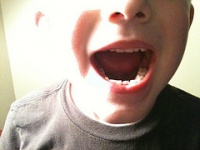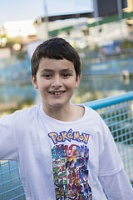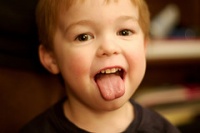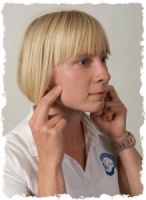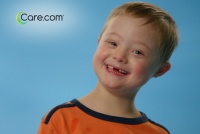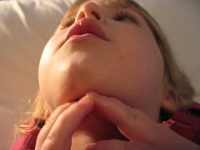
Q: I work in the Early Intervention setting and increasingly encounter late talking children (frequently boys) who prefer a frontal tongue posture. What’s the correction? In my experience, this problem does not need to be fixed in a two-year-old boy who is delayed in SL. First, tongue protrusion is normal in two-year-olds. Second, the child is late in talking and therefore should be using the pattern of a one-year-old. The only thing I would do over the next year is…

